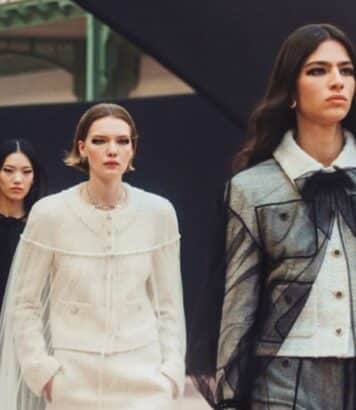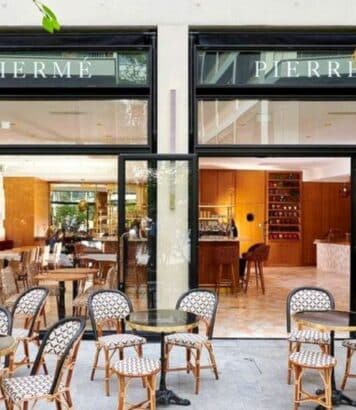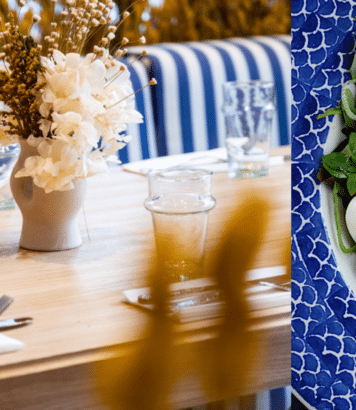Ribera at the Petit Palais: a superb first
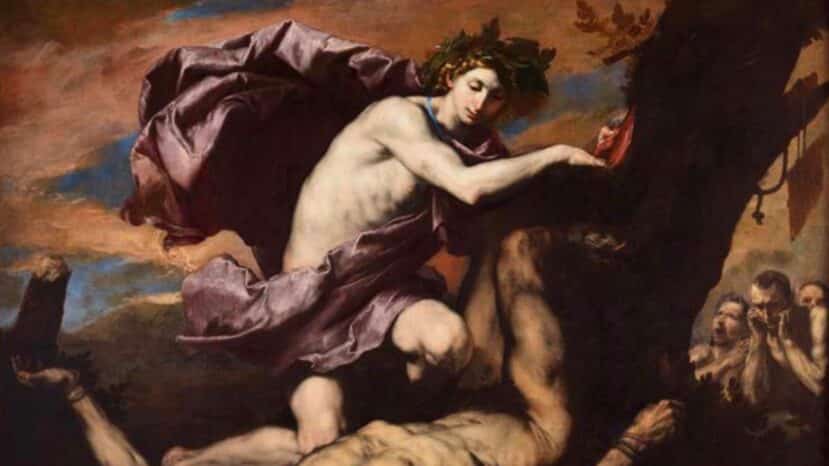
Le Petit Palais devotes the first French retrospective to Jusepe de Ribera, master of chiaroscuro. Bringing together over a hundred works, this exhibition offers an immersive journey into the dark and intense universe of the Spanish artist.
Le Petit Palais presents a never-before-seen retrospective of Jusepe de Ribera, the Spanish master of chiaroscuro influenced by Caravaggio. The exhibition brings together over a hundred works. They illustrate Ribera’s career, from his Roman beginnings to his Neapolitan period. The scenography, designed by Cécile Degos, aims to maximize the emotional impact of the works through a rhythmic, immersive tour. The hues of the rooms, inspired by the pigments of the period, accentuate the contrasts between religious and secular themes. The exhibition celebrates Ribera’s poetic brutality and his characters at once ordinary and mystical, while offering a lasting visual experience thanks to modular elements.
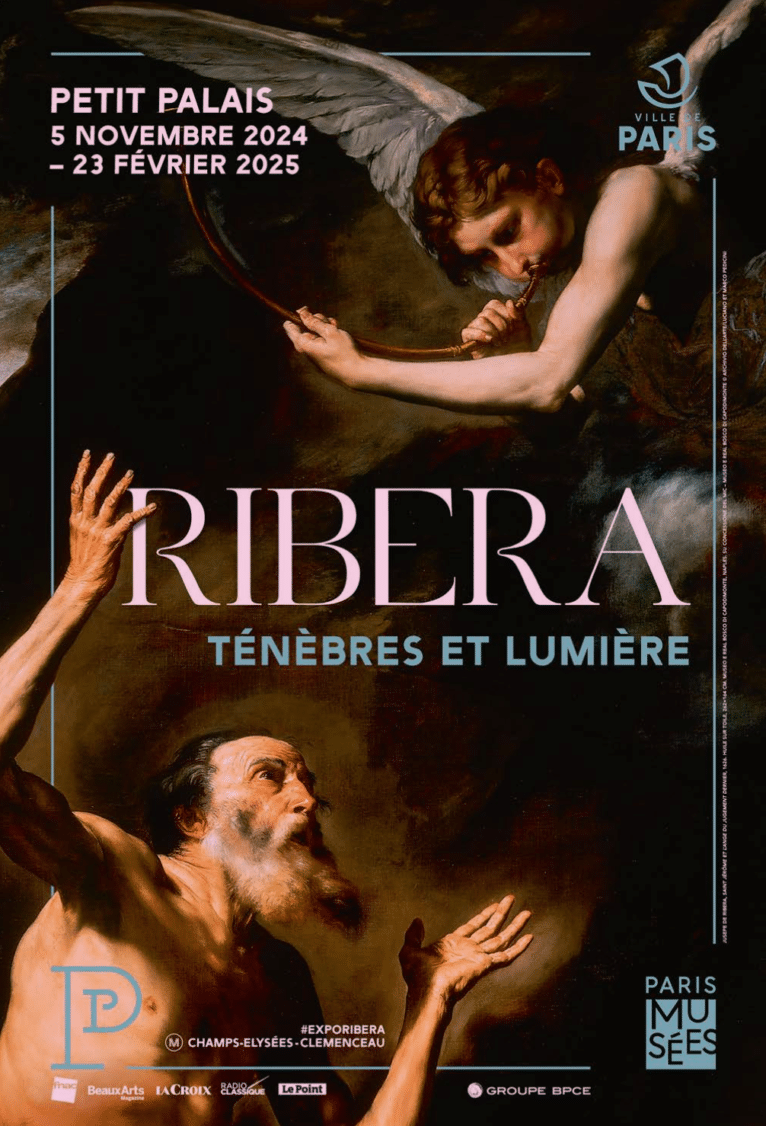
Ribera’s debut in Rome
Originally from Spain, Jusepe de Ribera moved to Rome in the early 1600s. Nicknamed “lo Spagnoletto” because of his small stature, Ribera developed a style of painting marked by raw realism and dramatic chiaroscuro. Inspired by Caravaggio, he used live models and introduced half-body figures that captivated the viewer’s gaze. Among the works presented, the Five Senses series illustrates his unique approach to tenebrism and theatricality.
The Neapolitan period
In 1616, Ribera left Rome for Naples, where he made a rapid ascent. Supported by the local authorities, he became a key figure on the Neapolitan art scene. He carried out prestigious commissions, notably for the church of Trinità delle Monache. His ability to render details, such as the folds of clothing or the expressions of his figures, lends his works a striking realism. Works such as The Saint Jerome and The Angel of the Last Judgment testify to his ability to play with light and shadow.
Representing the margins of society
Ribera was interested in people on the margins of society, whom he depicted with a rare intensity. Works such as A Beggar in Rags and Woman with a Beard demonstrate his taste for atypical figures and realities that are often ignored. His sincere approach gives the people he paints an unexpected dignity, transcending their appearance.
The end of the career and stylistic renewal
Towards the end of his life, Ribera lightened his palette. His works took on brighter hues, with luminous skies and draperies inspired by Titian. Canvases such as Apollo and Marsyas embody this stylistic change and testify to the artist’s evolution. The exhibition closes with works marked by scenes of martyrdom, in which Ribera depicts human suffering with poignant realism.
Ribera, ténèbres et lumière, at the Petit Palais until February 23, 2025
Also read: Marchesi 1824, the tribute book to Prada’s patisserie

